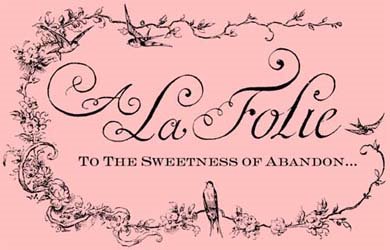All that considered, it's hard to imagine a time when lingerie was considered strictly utilitarian. The term lingerie comes from the french word linge, meaning linen or washables. Hundreds of years ago, it was rare to wash ones outer clothes, so undergarments (commonly made of linen) were an easy-to-launder protective layer both for the wearer and the clothing.
Such pragmatic applications may not seem all that fun, but consider this: In times that lacked today's technology and germaphobic sensibilities, staying clean was the best way to avoid illness. As regular bathing and laundering fell more into practice, lingerie's emphasis shifted, first to the fashionable shaping of the body (through, for example, corsetry), and then to seduction. To this day, we continue to don undergarments for protection, but the divide between utility and beauty has been bridged.
Today lingerie is not only utilitarian, but beautiful. At times it's even avant garde! We've been proud to carry some truly edgy pieces from designers like Andres Sarda, while still stocking our shop with the feminine simplicity of brands like Nina Ricci and Huit.
We're excited to bring a new facet to our blog: Learning Lingerie. Each week we'll bring you stories from the land of lace and loveliness, teaching precious bits of knowledge about fit, construction and history.
Got questions about anything lingerie related? Let us know here!





No comments:
Post a Comment